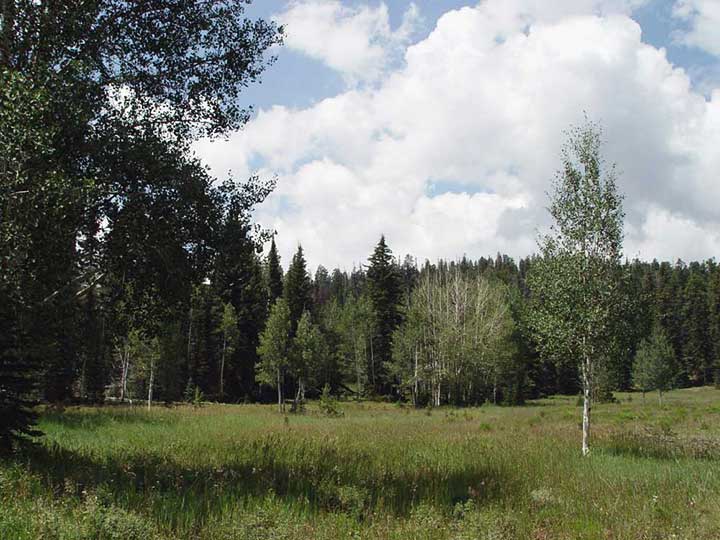RiskVA
The Magic of the Mountains, 27 Jun 2018
Escape to the high country. Leave the heat and humidity behind – not to mention most worldly responsibilities and head west. The past several weeks across much of the United States have been miserably hot and often humid. For my wife and me the Cedar Mountains of southern Utah have often provided a welcome relief.
John Muir correctly said, “Climb the mountains and get their good tidings. Nature’s peace will flow into you as sunshine flows into trees. The winds will blow their own freshness into you and the storms their energy, while cares will fall from you like autumn leaves.”
High Altitude Storms
Mountains are curious things. They generate their own powerful weather and remind us that humans really aren’t in control at all.
As a warm moist air mass surges against mountain slopes it is forced upward, cooling as it gains altitude, forming clouds, rushing winds and spectacular thunderstorms. First white and puffy, then becoming gray and black, the clouds tower into the sky, thunder rumbles ominously while an occasional streak of lightning snaps from their base.
It’s easy to find out how far away the storm is. Count the number of seconds between the flash of lightning and the thunder crack or boom. Sound moves at about 1100 feet/second. A flash and a five second space before you hear the thunder means the lightning is about 5500 feet away – a little over a mile. As the distance diminishes, the gap between the flash and boom shortens until with ear shattering force the bolt and the bang coalesce into a single explosion.
Water drops form in the clouds moist interiors, lose their grip and begin to fall toward the ground, as gray draperies of rain trail beneath the cloud castles. Sometimes rain curtains evaporate before they touch the ground and are called virga, but in other cases, torrential downpours form. Mud, sand, gravel, rocks and boulders five times as large as watermelons gush in a muddy torrent down steep mountain streams, pouring from canyons and formerly dry washes and across highways. Deadly flash floods often cut off vehicles, killing travelers or temporarily stranding them until road crews with heavy equipment scrape away the debris.
Mountain thunderstorms often cover very limited areas. One spot may get thoroughly soaked by a real frog strangling gully washer, while another location not far away can be as dry as a bone. On a trip to the Cedar Mountains in Utah most of our storms were mild with only enough rain to enhance the summer fragrances of sagebrush, pine, fir and spruce and cool the afternoons below the 75 degrees that’s been about average for the past several days.
The Fragrances of the West
The smell of western mountains is intoxicating. Blindfolded, I’d know instantly if I were surrounded by sagebrush, creosote brush, Ponderosa Pine or several other herbs, shrubs or trees. Sage and creosote bush smell sharply bitter-spicy. But here Ponderosa pine is king, producing a wonderful, sweet, creamy fragrance. Did you know that some vanilla flavoring is produced from Ponderosa pine bark? Next time you’re out west, put your nose against the orange bark of a sun warmed Ponderosa and inhale deeply. Besides a snootful of small beetles you’ll find they smell like vanilla or butterscotch. But, in either case, the fragrance of Ponderosa is always rich and wonderful. Mixed with other aromatic plant vapors, warm mountain air produces a heady effect.
Wind Therapy
With the sound of a rushing stream, the mountain wind slides wraith-like across the miles of forest that surrounded us on a recent trip, first approaching then receding. Conifers bent in a graceful ballet and quaking aspen leaves shimmered gently. In the absence of human chaos and noise, the wind’s sound coupled with its aroma spoke a language of wilderness, distance, open space, solitude and peace. Whispering gently, fragrant breezes over the vast forests were calming and reassuring, lending us, at least for a time, a special mountain blessing.
Dr. Risk is a professor emeritus in the College of Forestry and Agriculture at Stephen F. Austin State University in Nacogdoches, Texas. Content © Paul H. Risk, Ph.D. All rights reserved, except where otherwise noted. Click paulrisk2@gmail.com to send questions, comments, or request permission for use.

